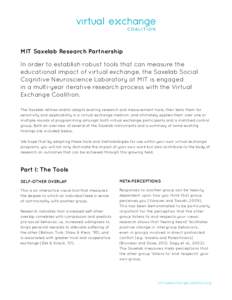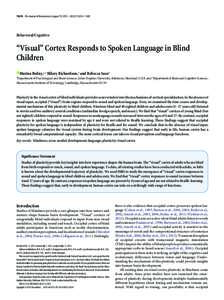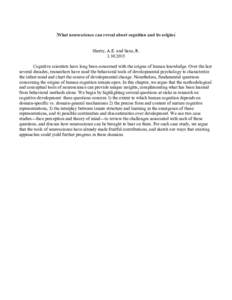 Date: 2013-08-01 15:16:50Rehabilitation medicine Stroke Neuroscience Stroke recovery GROW Neuroplasticity Coma Recovery approach Medicine Twelve-step programs Occupational therapy | |  Progress in Recovery Stroke is overwhelming. At one moment, we are fully functional, and in the next, abilities are taken away and we feel shock, loss, fear, grief, and helpless to forces beyond our control. In Progress in Recovery Stroke is overwhelming. At one moment, we are fully functional, and in the next, abilities are taken away and we feel shock, loss, fear, grief, and helpless to forces beyond our control. In
Add to Reading ListSource URL: www.strokesocal.orgDownload Document from Source Website File Size: 279,33 KBShare Document on Facebook
|




 Progress in Recovery Stroke is overwhelming. At one moment, we are fully functional, and in the next, abilities are taken away and we feel shock, loss, fear, grief, and helpless to forces beyond our control. In
Progress in Recovery Stroke is overwhelming. At one moment, we are fully functional, and in the next, abilities are taken away and we feel shock, loss, fear, grief, and helpless to forces beyond our control. In